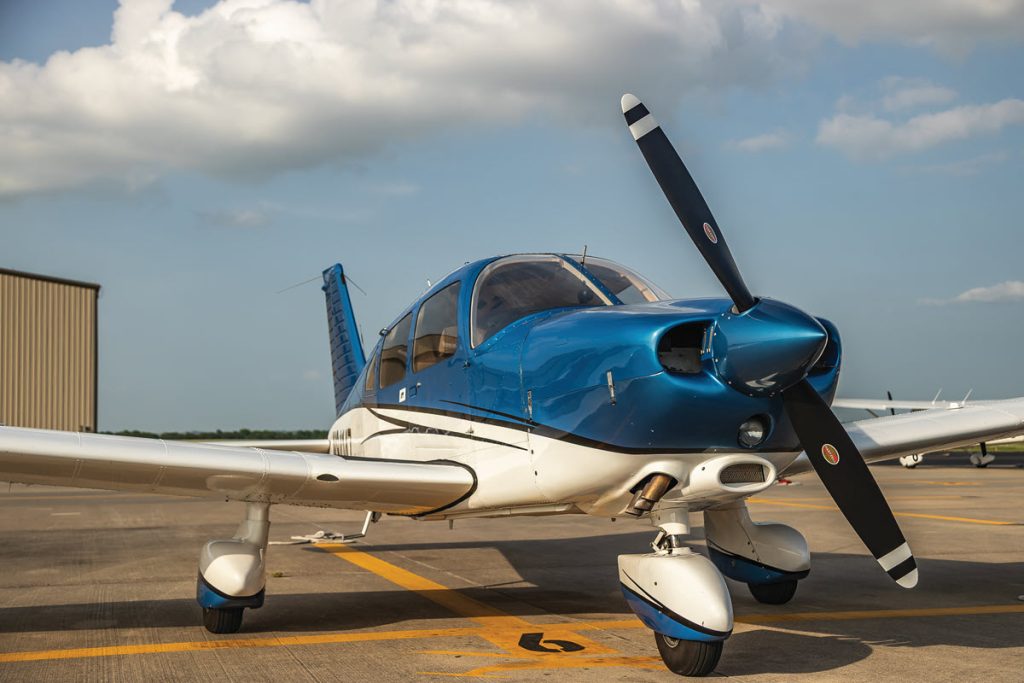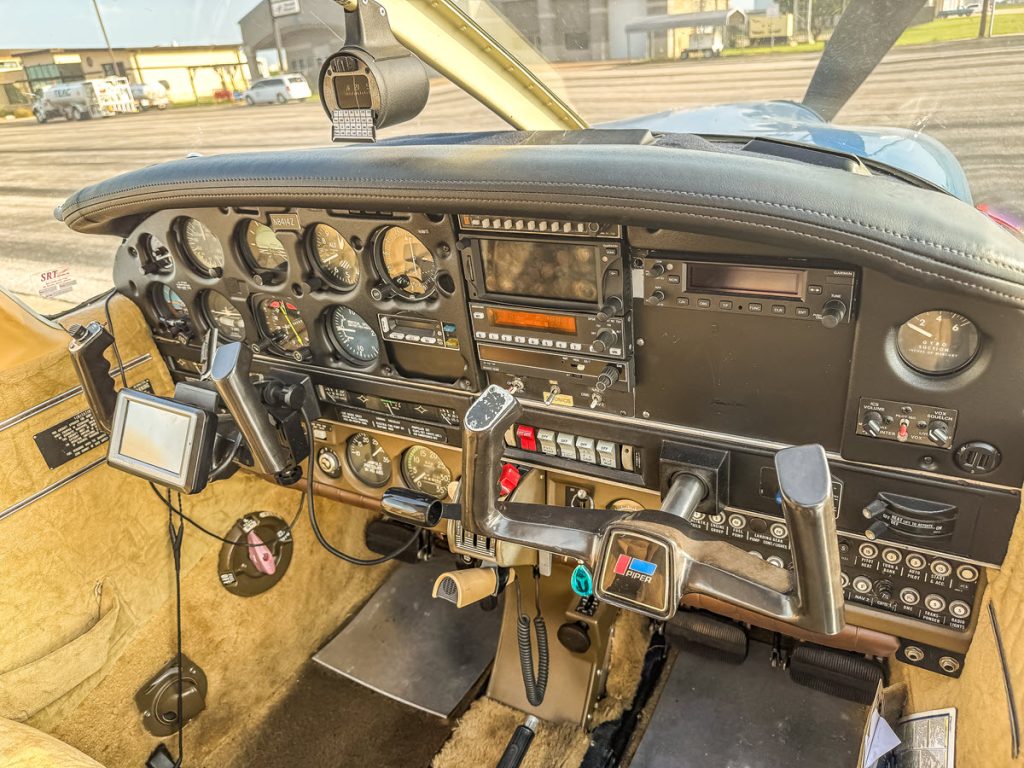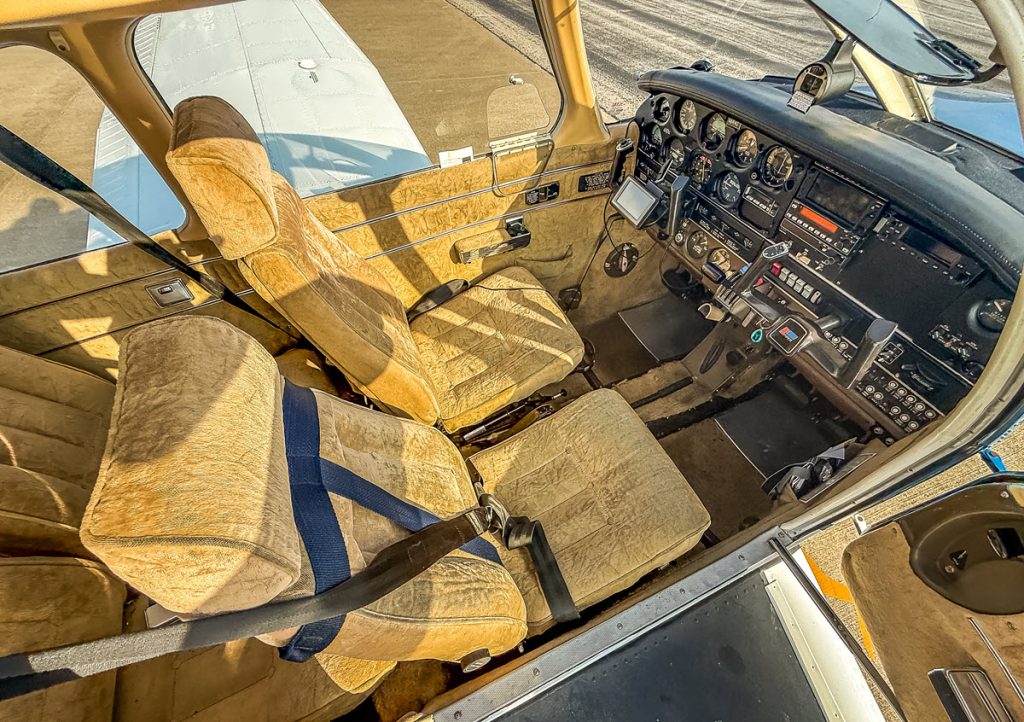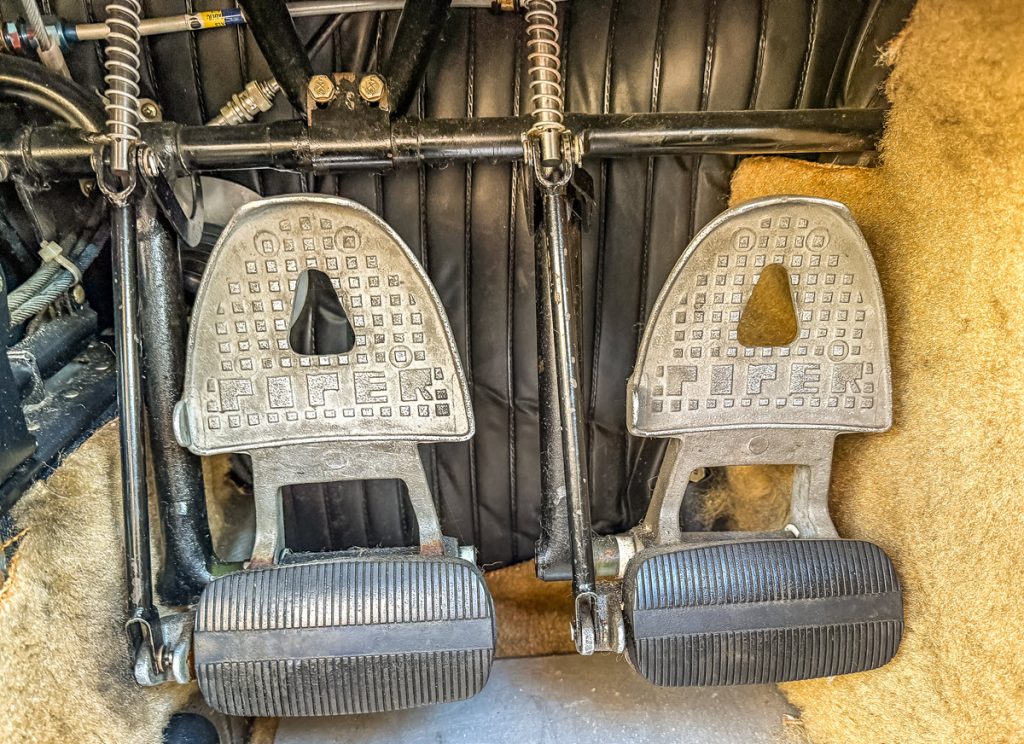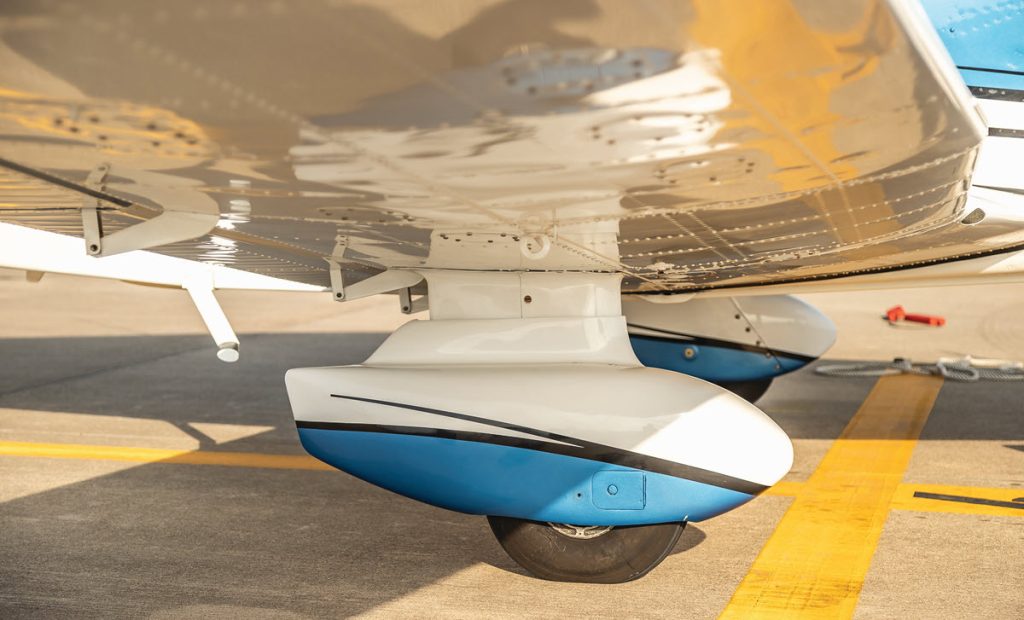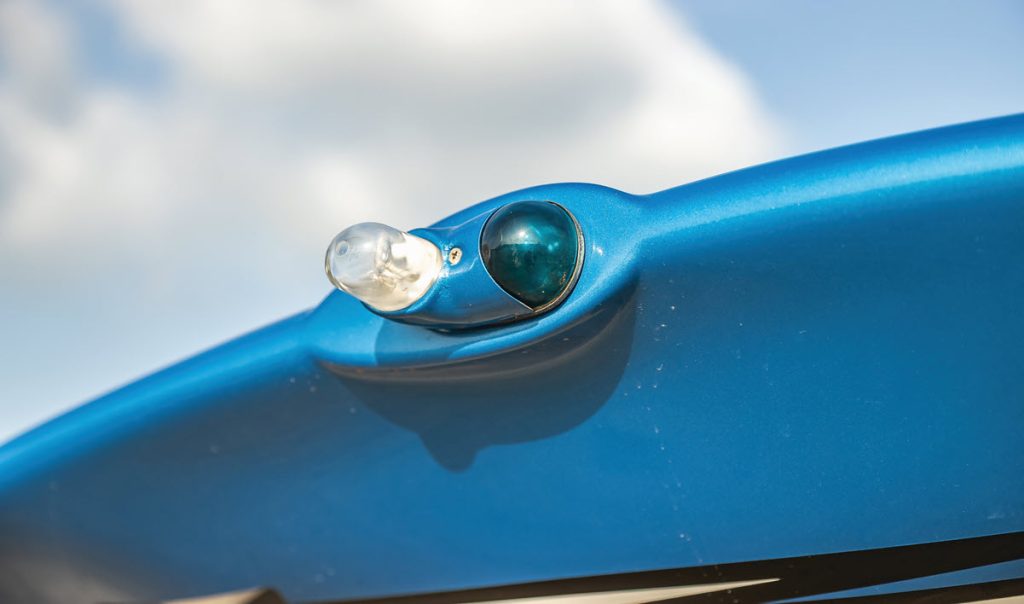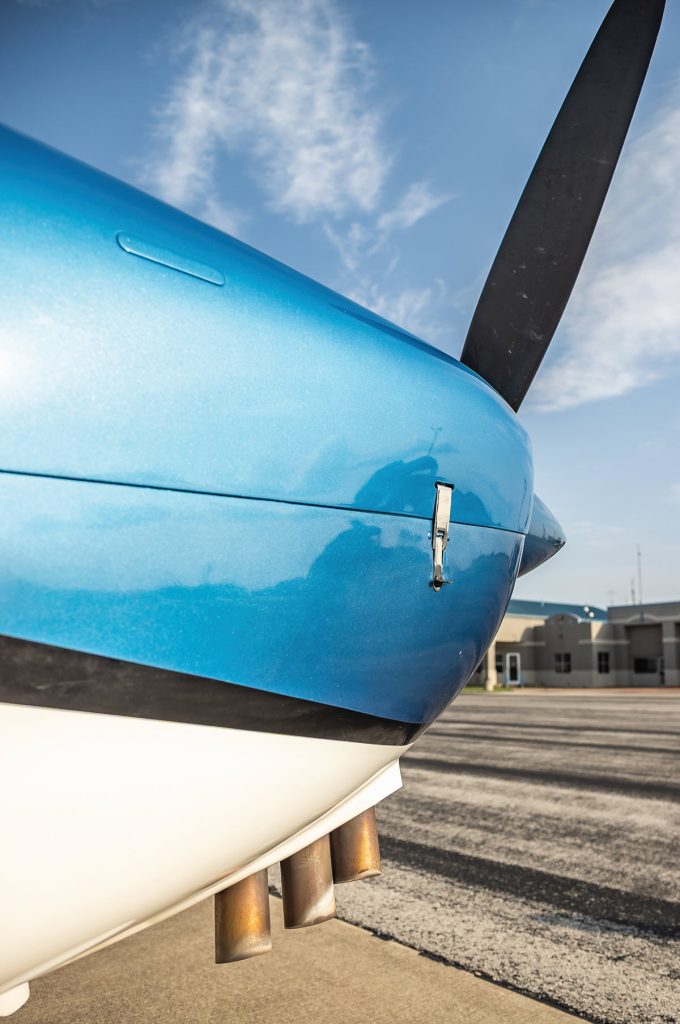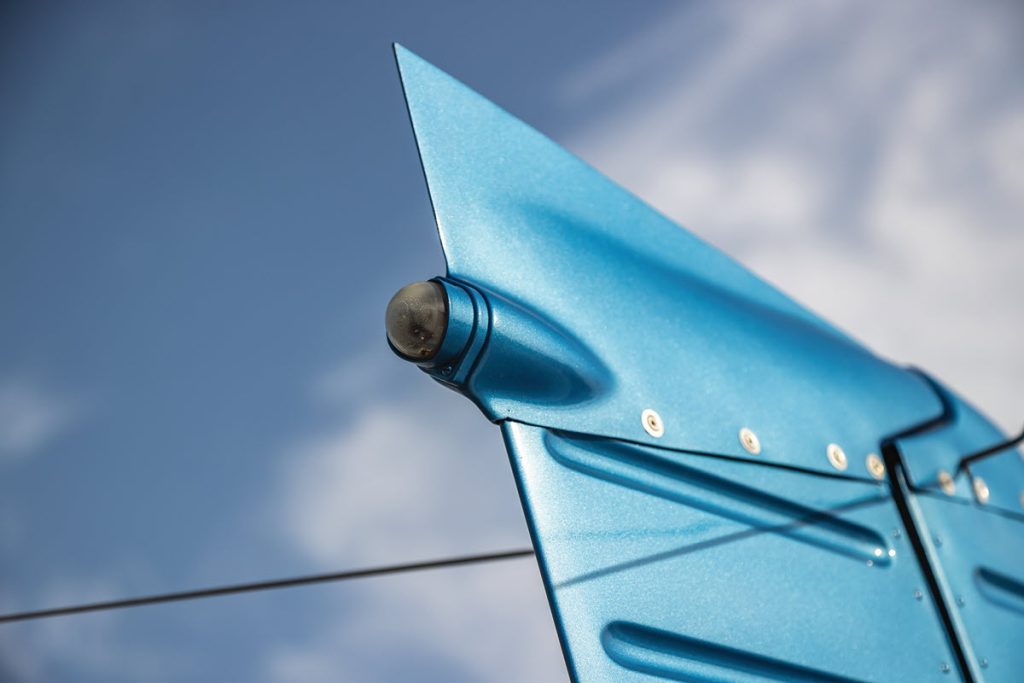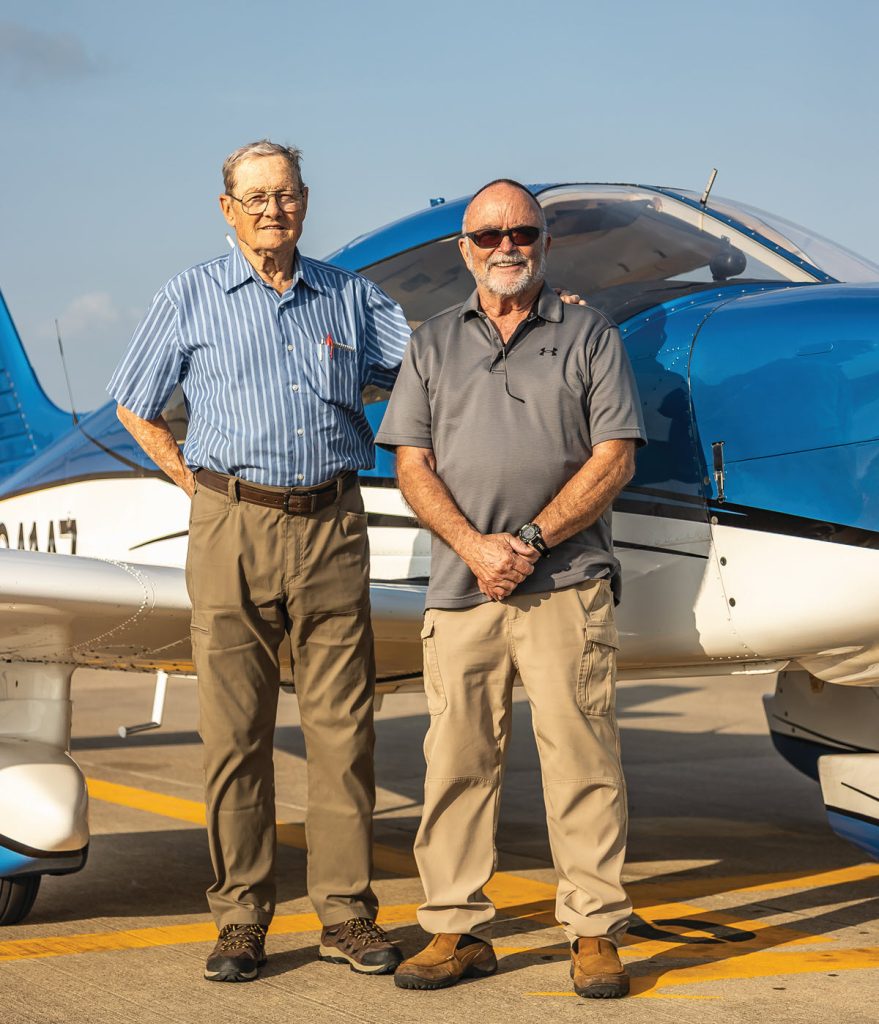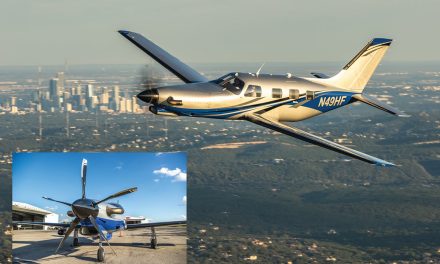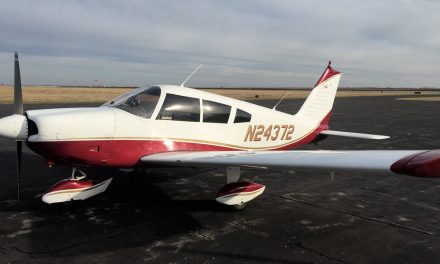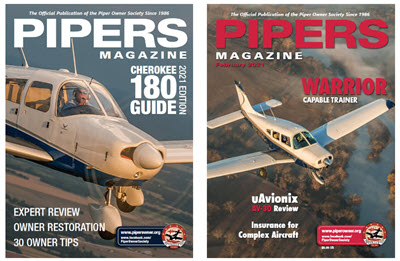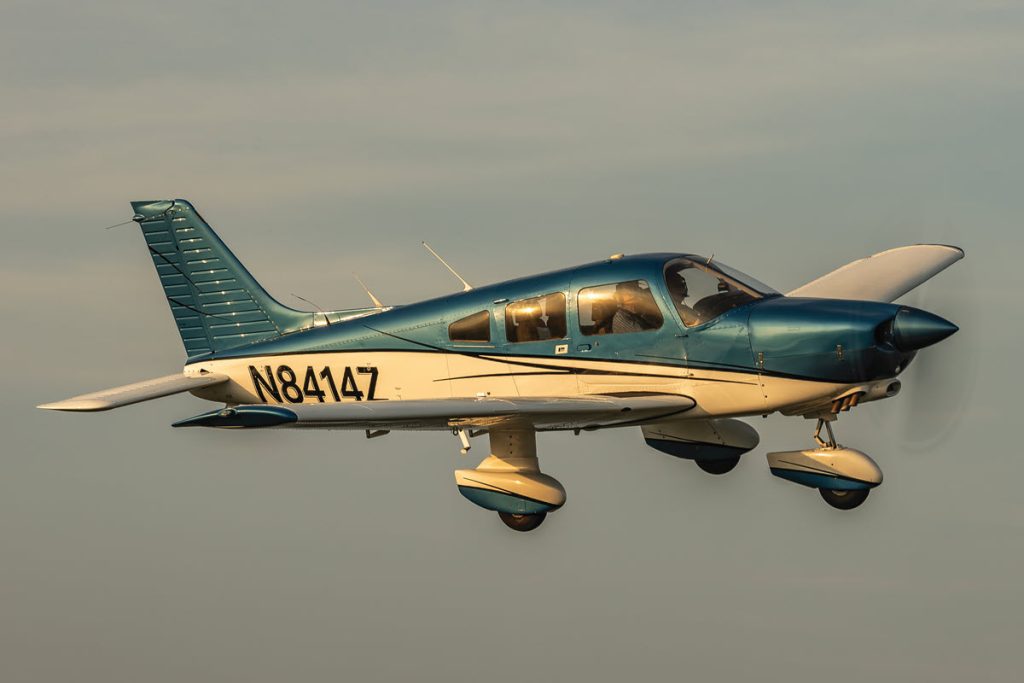
By Michelle Adserias
“With less than 15 hours of flight time under my belt, I had an experience that I will never forget.”
Most pilots have a little more time in the pilot’s seat before they take on a harrowing flight. Stan Cunningham started his years in the sky off with some flair.
Making Early Memories
When Stan was a Cub Scout, he would spend hours, sometimes days, building a model airplane from balsa wood and paper. When it was finished, he would send it flying from the roof of his house into the vacant lot next door. The airplanes often crashed and Stan would start building the next one. “I noticed at the time, the design of the model determined the success of that rooftop flight.”
Stan was 15 years old when he and his father began flying lessons. They both soloed in a Cessna 140 taildragger but when the time came to purchase an airplane, his father traded the family’s 1956 Rambler Cross Country station wagon for a 10A Stinson Voyager.
Him and his lifelong friend, Joe Nation, were so committed to building their hours, they quit varsity football. They both earned a detention when they flew over the field during 7:00 a.m. football practice, at legal elevations, just to rub it in a little. Coach Kays was not impressed!
Close Call
“One late afternoon a friend asked if I wanted to fly him home from Fairfield, Illinois, to Flora, Illinois. He had somehow gotten stranded without his car. Who could turn down this mission at this stage?”
The Stinson’s design left it vulnerable to crosswinds, a quirk not unlike those Stan observed when he was launching model airplanes off his roof as a grade schooler. The flight to Flora, where Stan dropped him off, was uneventful. But on the flight back to Fairfield, daylight turned to dusk, and dusk to twilight.
Using the oil well flares as his guide, he began his landing pattern for an approach to Runway 18. “Everything was book perfect to just above touchdown. A heavy wind gust was strong enough to force my left wheel off the runway and into the mud.”
Stan decided a go-around was in order. At full power, he barely cleared a fence and the power lines at the end of the runway. He wasn’t going to clear the tree in the cornfield, so he had to fly around it. But his second attempt was his best landing to date.
Joe’s dad had watched the whole scene play out from the hangar. “Interesting landing, Stan,” he said. But he encouraged Stan to get back on the horse, so to speak.
“I took his advice. The next morning, I pulled the 10A out of the hangar, tied the tailwheel to the hangar, primed, set spark and propped the propeller. It started on the third prop. I untied the tailwheel, jumped in and continued my pathway to excitement in the skies. That was over 60 years ago.”
Stan’s father quickly realized his son was serious about flying. He paid the dues for Stan to join a newly-formed Piper Colt Flying Club. It didn’t take him long to appreciate the tricycle landing gear! Stan hoped to make aviation his vocation but his application to the Air Force Academy was denied because he needed corrective eyewear. That, however, did not prevent him from enjoying aviation as an avocation.
From Stinson Voyager to Piper Dakota
Stan completed his PPC in 1982 in Muscatine, Iowa. After he completed college, he began teaching at a wage that made owning an airplane impossible. So, he rented various airplanes — Pipers, Cessnas, Grummans, and Mooneys — until 2014, when he was able to buy his first aircraft, a 1994 Mooney Brave M20M. He liked the way the Mooney handled but as he got older, his priorities shifted.
He wanted an airplane that was more comfortable, easy to fly and with fixed landing gear. In the end, Stan decided on a 1981 Piper PA-28-236. The Dakota is the best of both worlds. It flies like his Mooney but is more spacious and has ready-to-go landing gear, which takes a load off Stan’s mind. “They say there are two types of retractable gear pilots; those who have landed gear up and those who will land gear up. I’ve been lucky!”
Stan has nothing but good things to say about his Piper Dakota. Not only is it more comfortable, it’s almost as powerful, making it an excellent choice for family trips. And since this plane’s mission is primarily pleasure, he couldn’t ask for more. He loves the six-cylinder power, though he wouldn’t mind if it offered a few more knots. His Dakota has an overall solid feel when he’s maneuvering it. And it doesn’t feel like it wants to fly the whole runway when it’s landing and settling down.
This aircraft was in excellent condition when Stan purchased it, so it has not given him any problems. The airplane had only 2800 hours of use and everything had been well-maintained and was in excellent condition. The only thing it’s missing is an autopilot, something which Stan became accustomed to in his Mooney. He is still deciding whether to add one.
Stan tries to fly about 50 hours a year, but life events and work responsibilities sometimes get in the way. He’s a bit reticent to figure out the exact cost per hour to keep his PA-28-236 in the skies. However, he did note, “As a financial advisor, I can say this Dakota is a good investment, but owning an airplane is not cheap.” With fuel consumption at 14.5 gallons per hour, hangar fees, insurance and maintenance, the bills stack up. “Let’s call them $500 hamburgers considering the costs.”

Making New Memories
Of course, that doesn’t mean Stan is ready to give up aviation. He’s still busy making lifetime memories, many of which are with his good friend and excellent co-pilot, George Wilhite.
Not long ago, they had plans to race a Beneteau 393 sailboat from Galveston to Port Aransas, Texas. This 128-mile Harvest Moon Regatta takes about 24 hours to complete. Unfortunately, the boat’s engine overheated and they were forced to drop out of the race. The flight along the Texas coast, however, made it all worthwhile.
They had another interesting flight when a massive dust storm was headed toward Abilene, Texas, Stan and George were flying ahead of it. Although George has over 20,000 hours in, he wanted more hours in a Piper Dakota. So, Stan flew him around for 25 hours in that make and model. “I do have to remind him, once in a while, that I’m a rusty pilot not a student, so tone it down.” Their light-hearted camaraderie makes their flight time together even more enjoyable.
Even though he’s still working, Stan calls this beautiful, forgiving airplane his final retirement project. No doubt, there are many memories out there that are yet to be made.
The rest of this article and the specifications and performance stats for this plane can be seen only by paid members who are logged in.Have a website login already? Log in and start reading now.
Never created a website login before? Find your Customer Number (it’s on your mailing label) and register here.
JOIN HERE
Still have questions? Contact us here.


